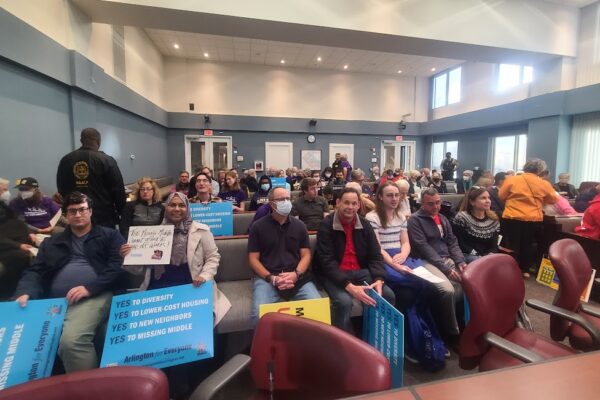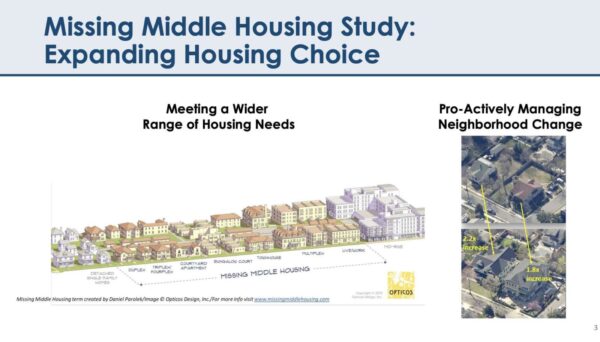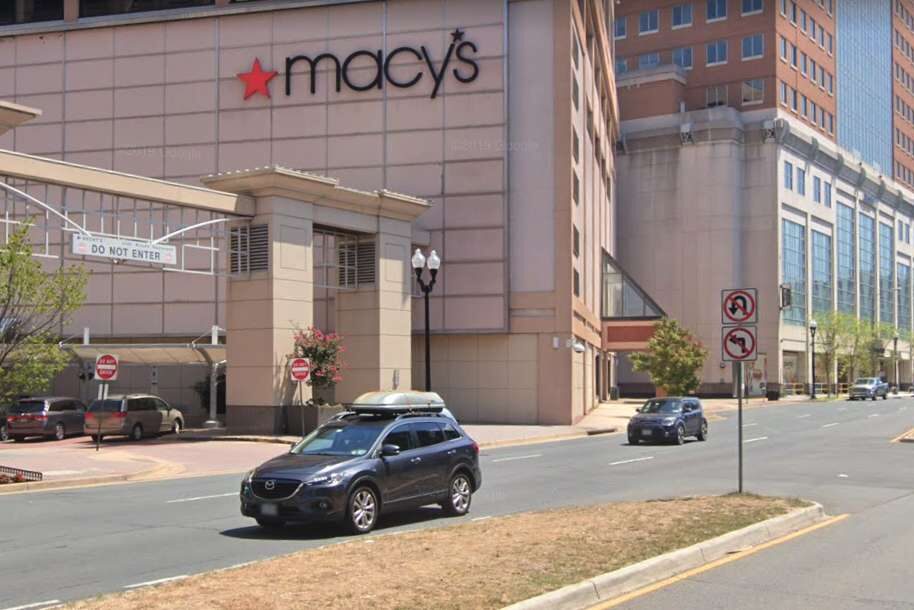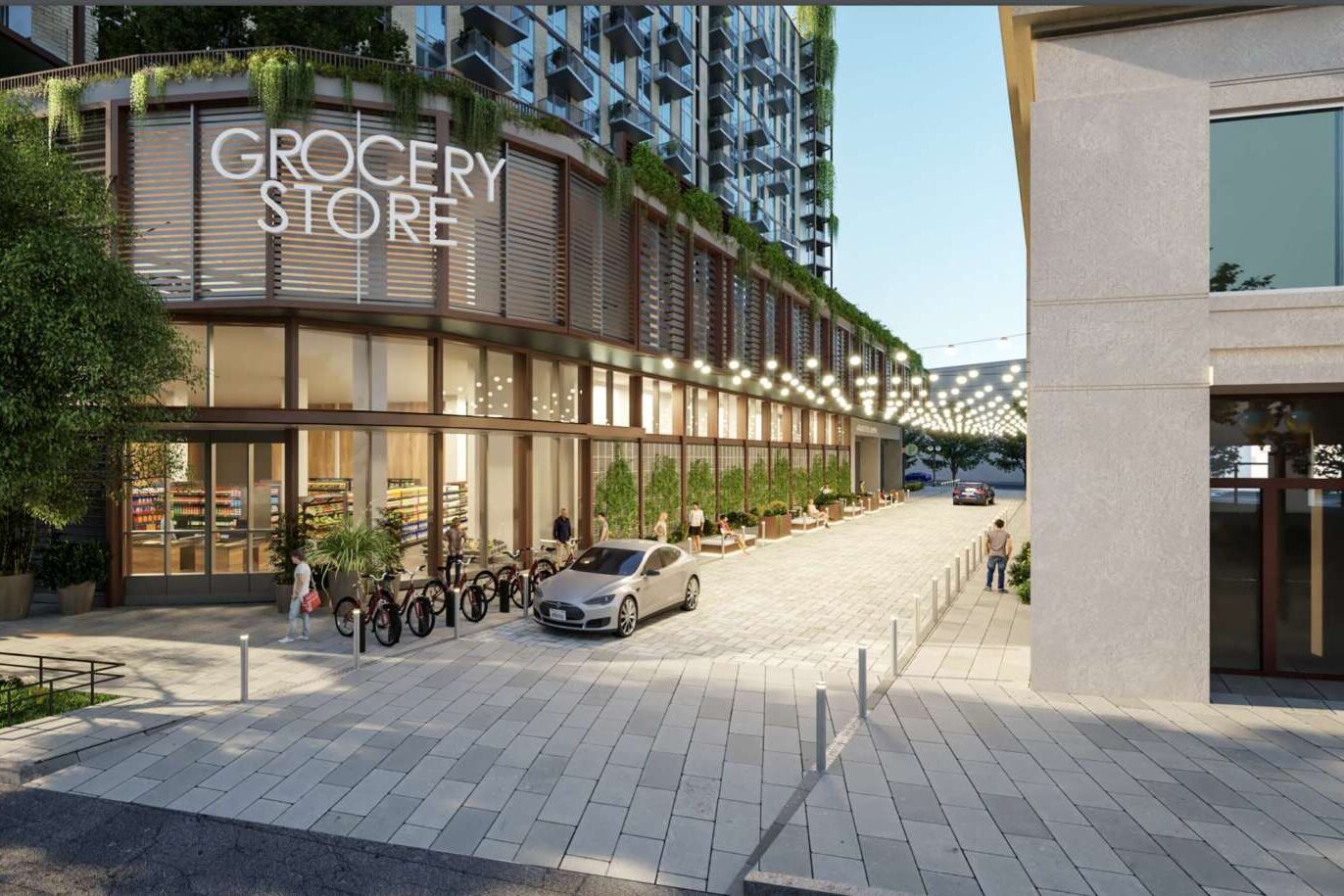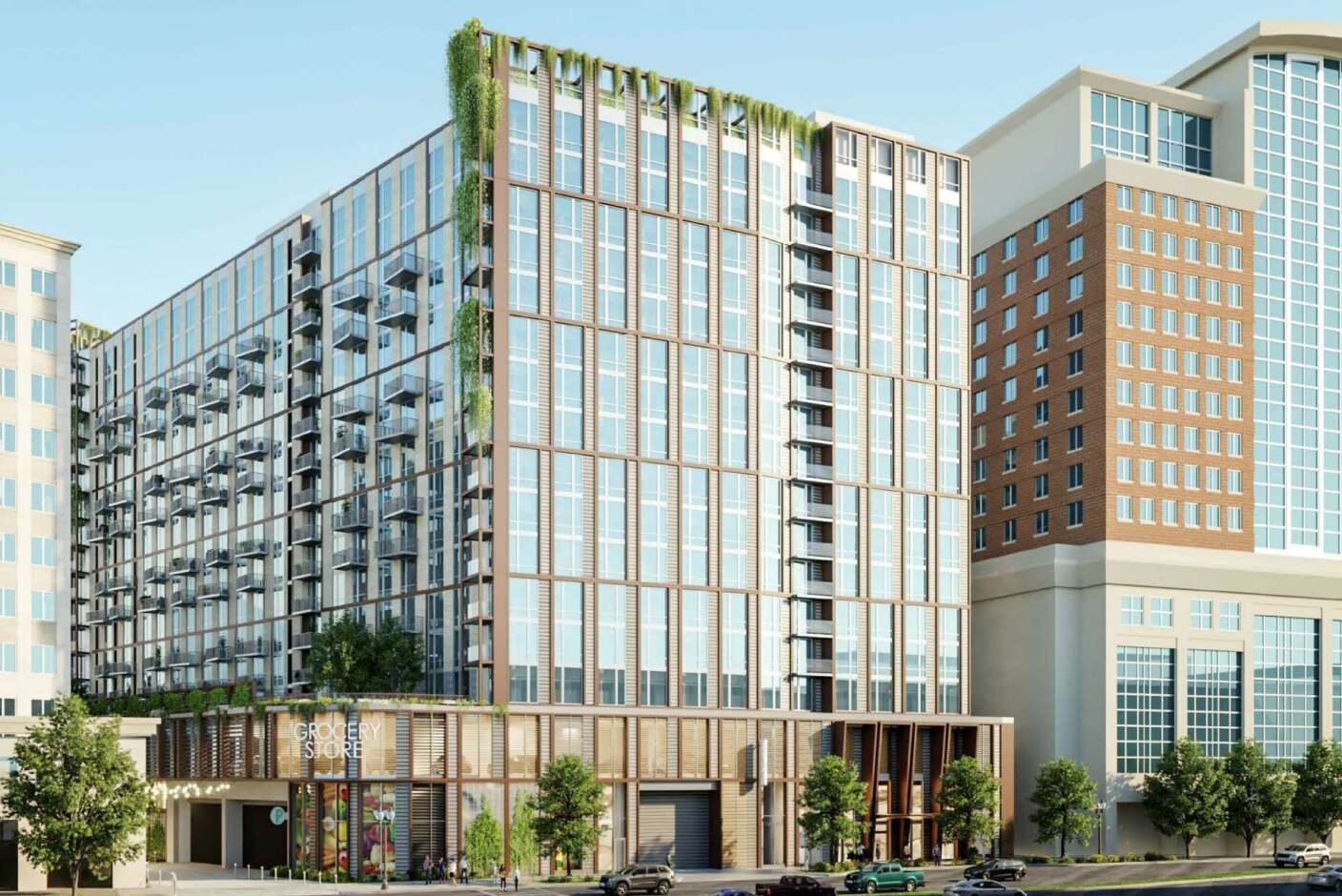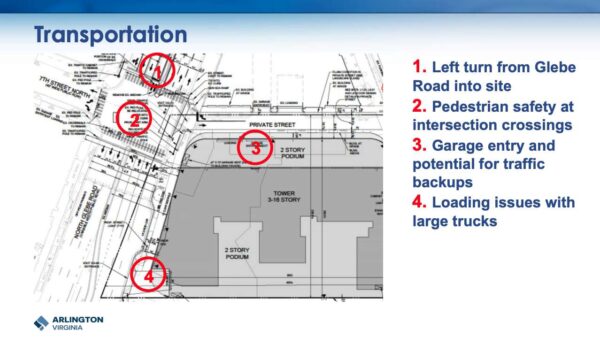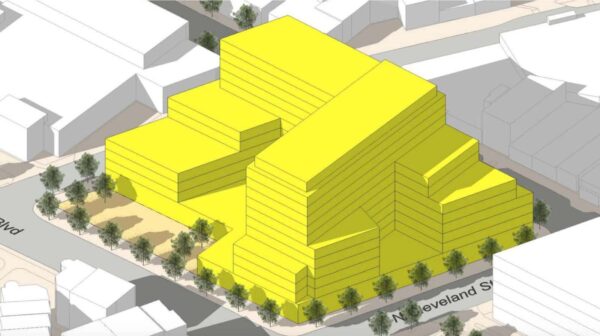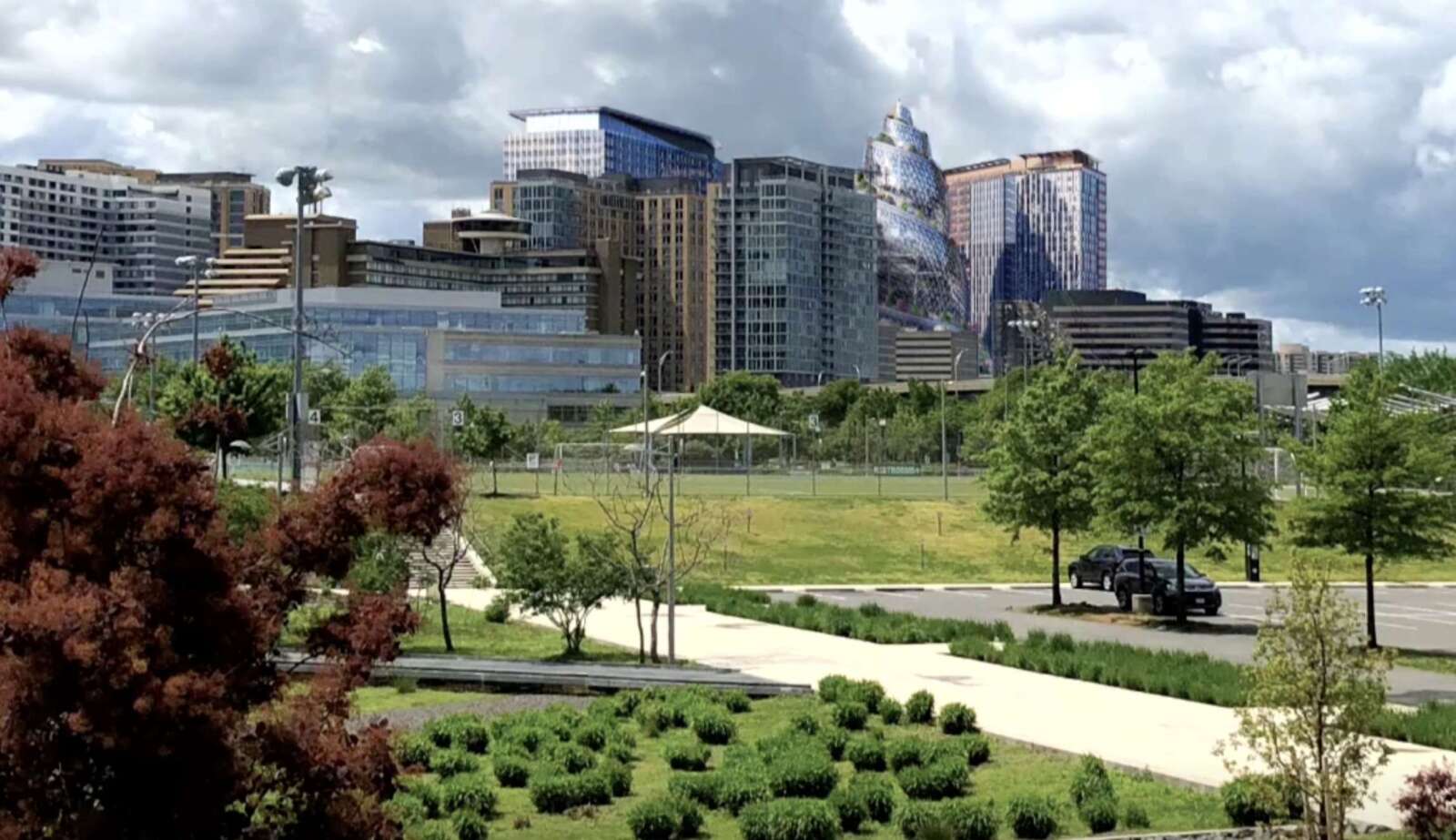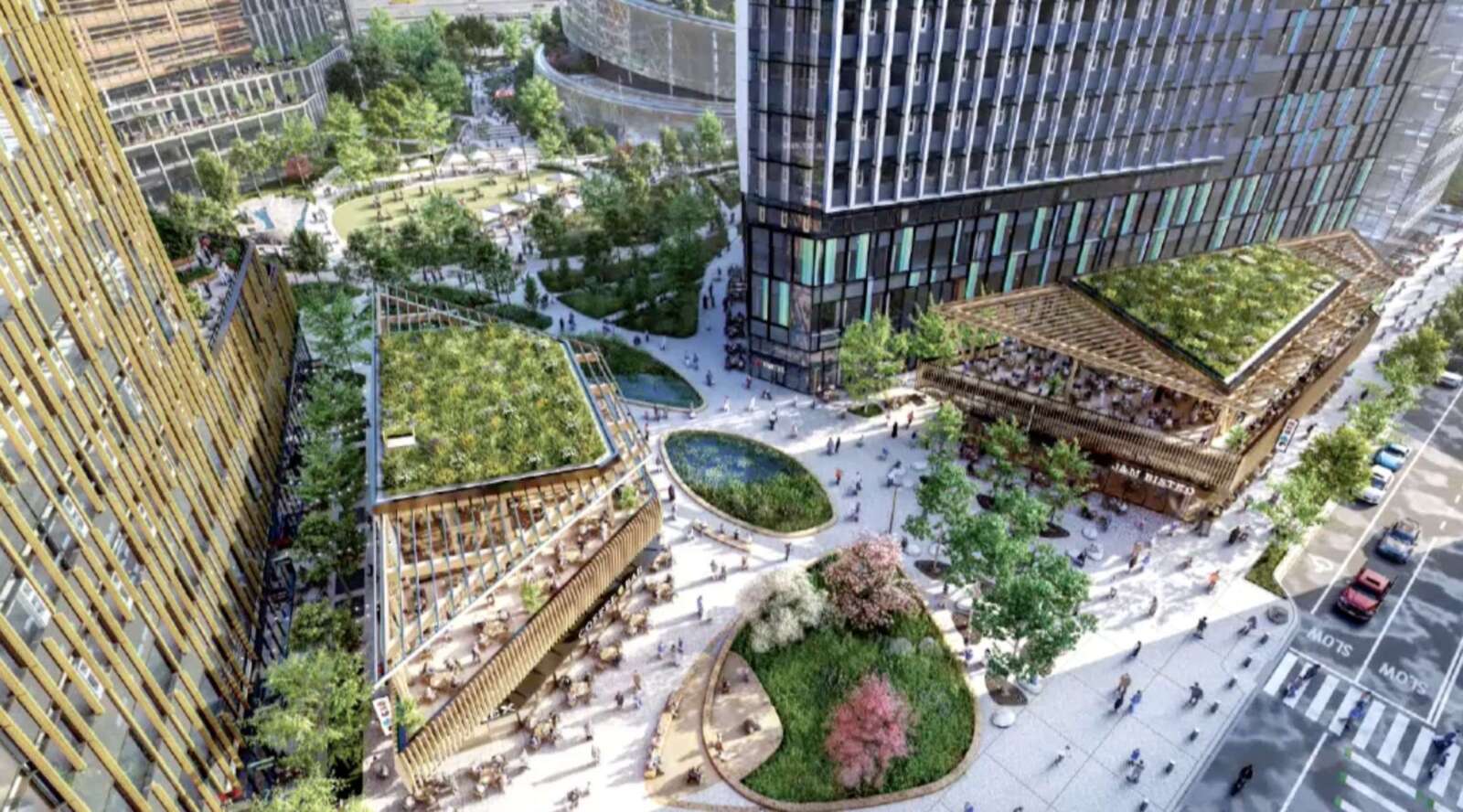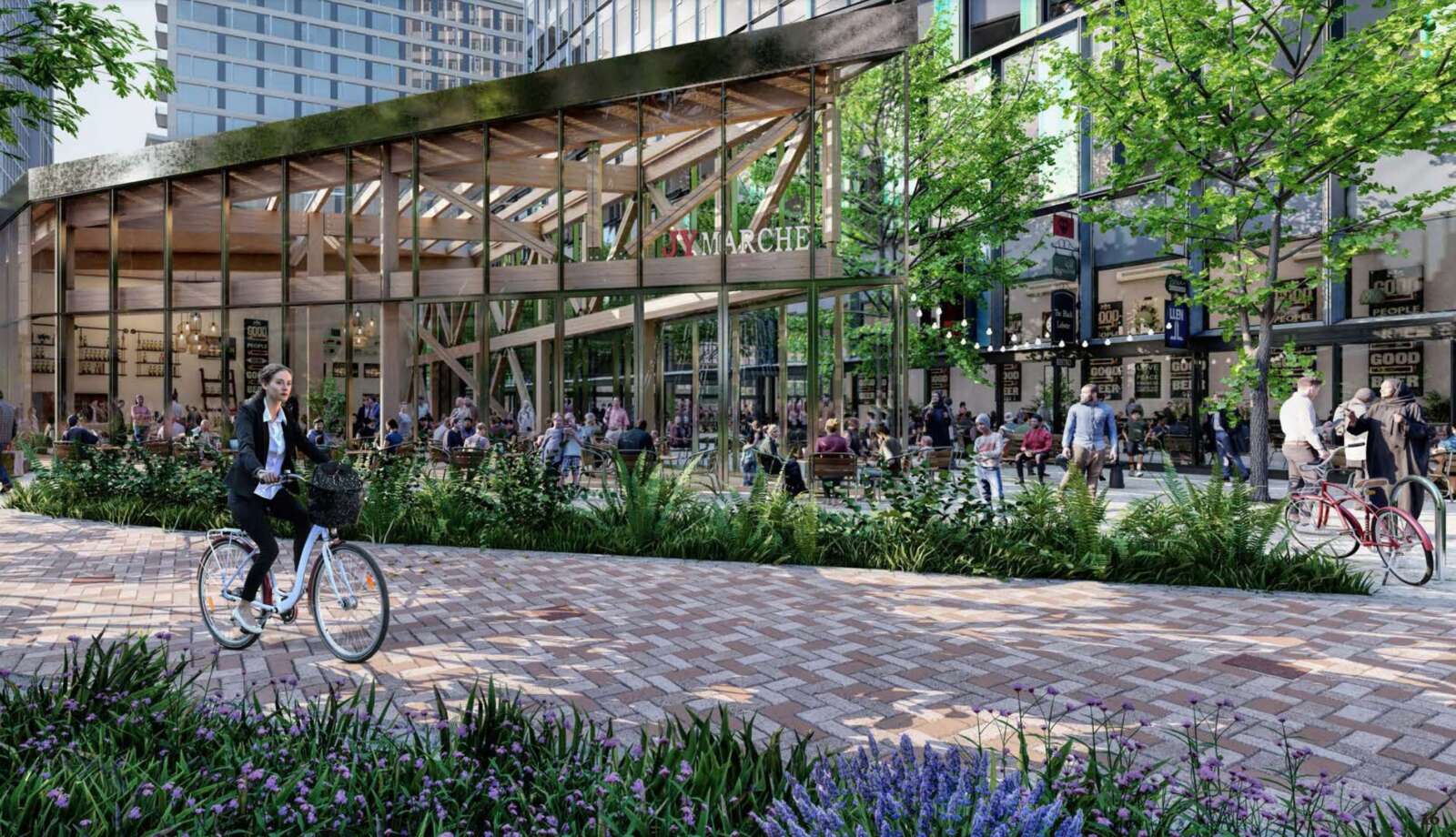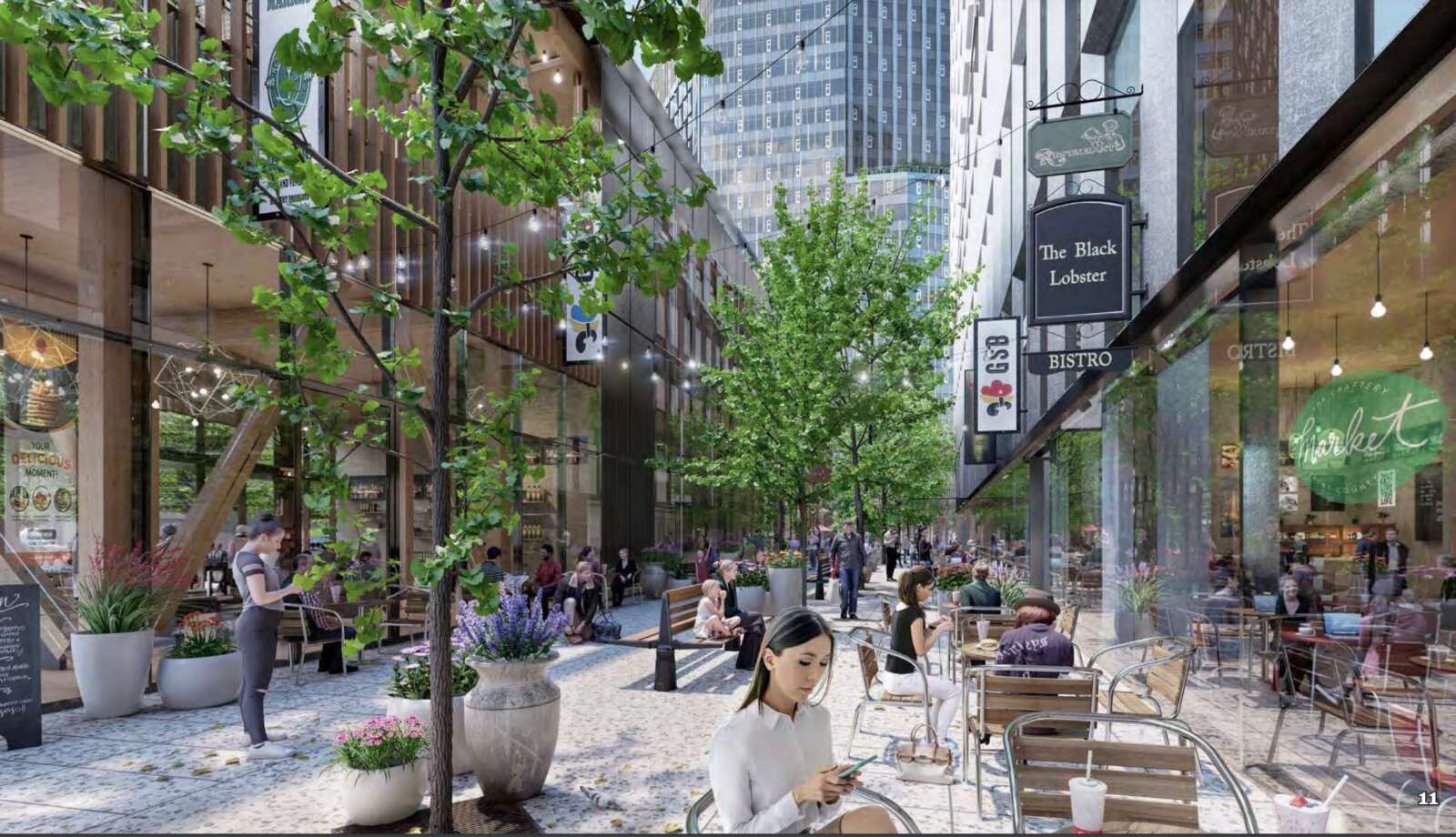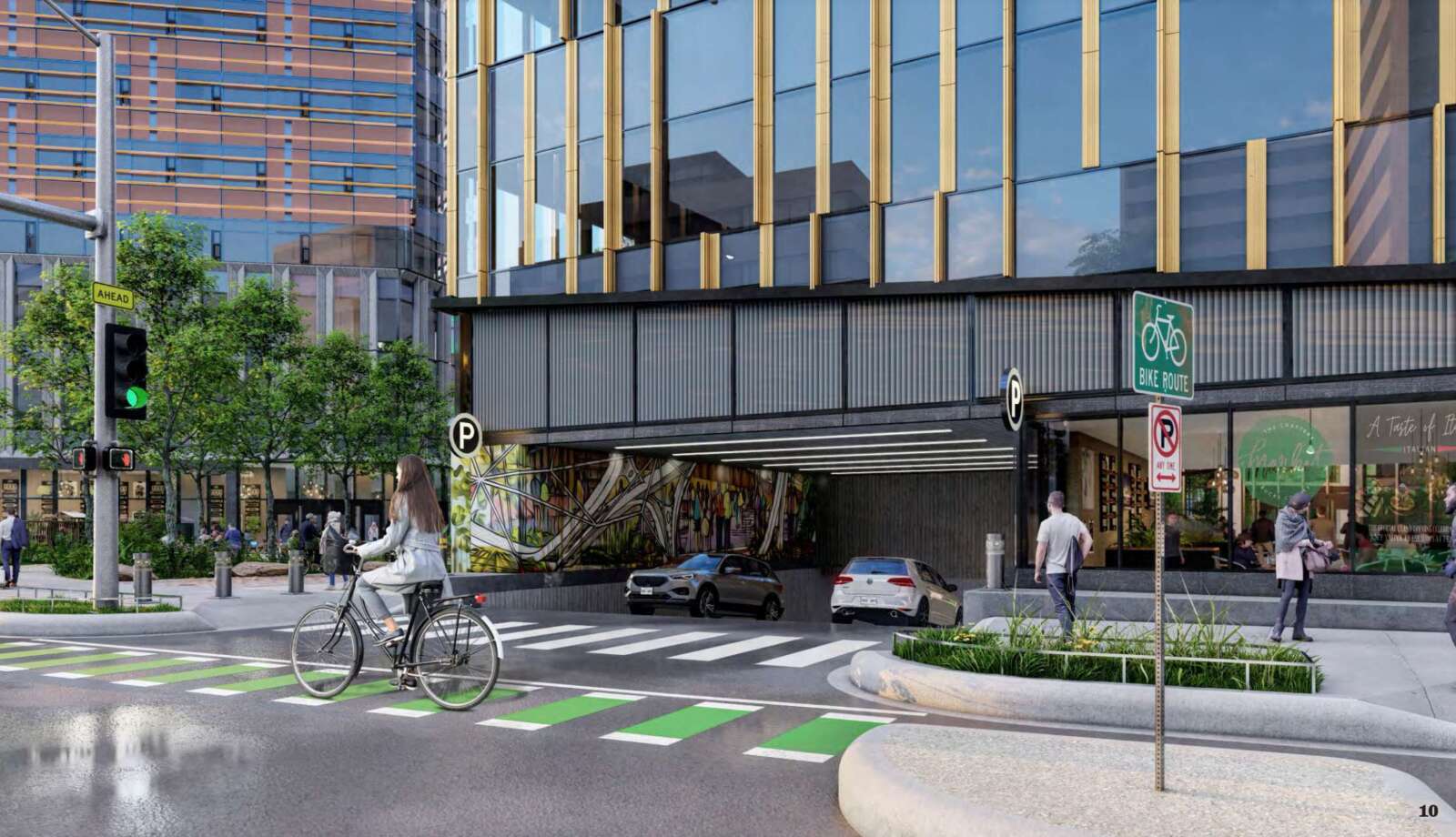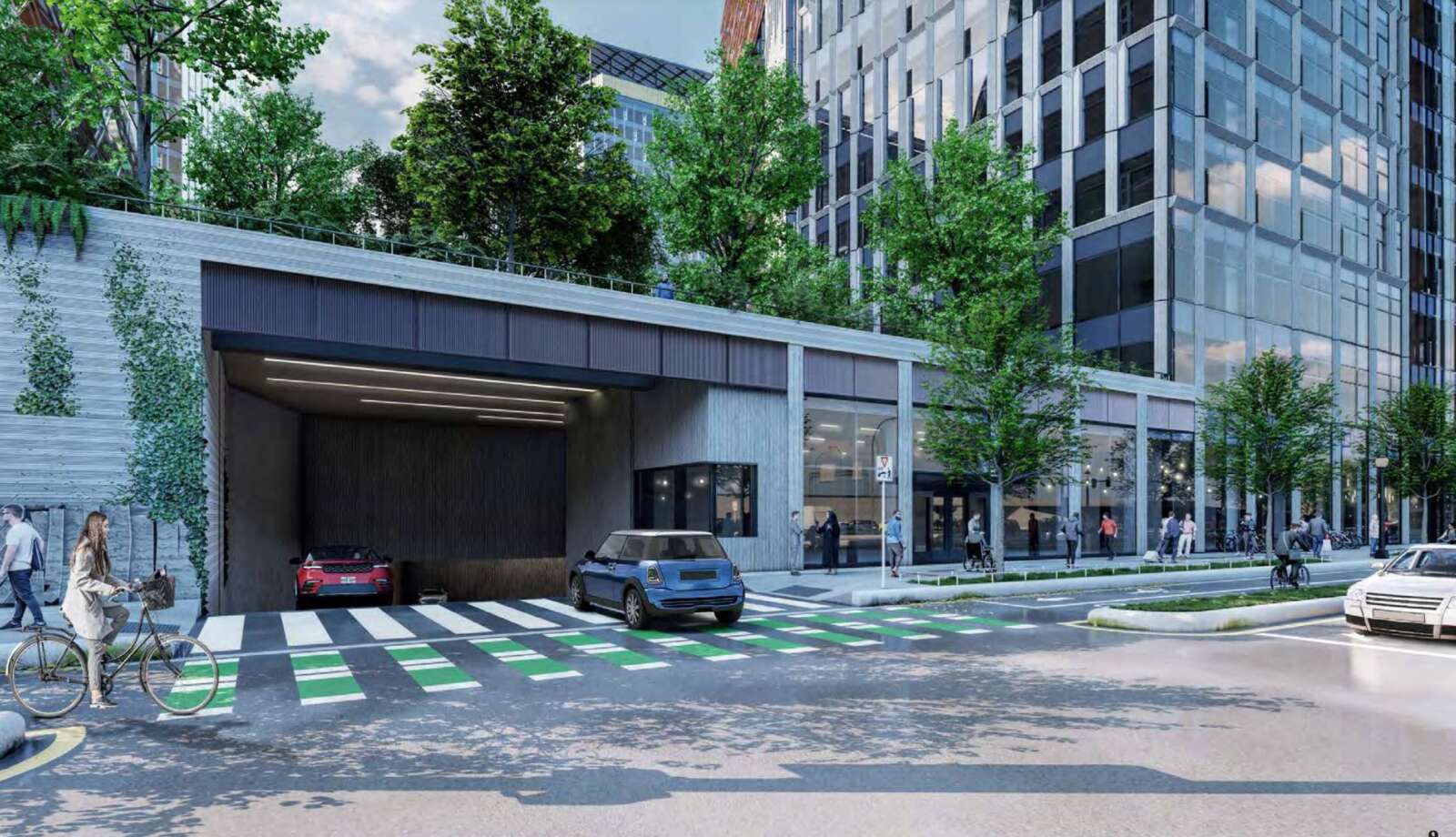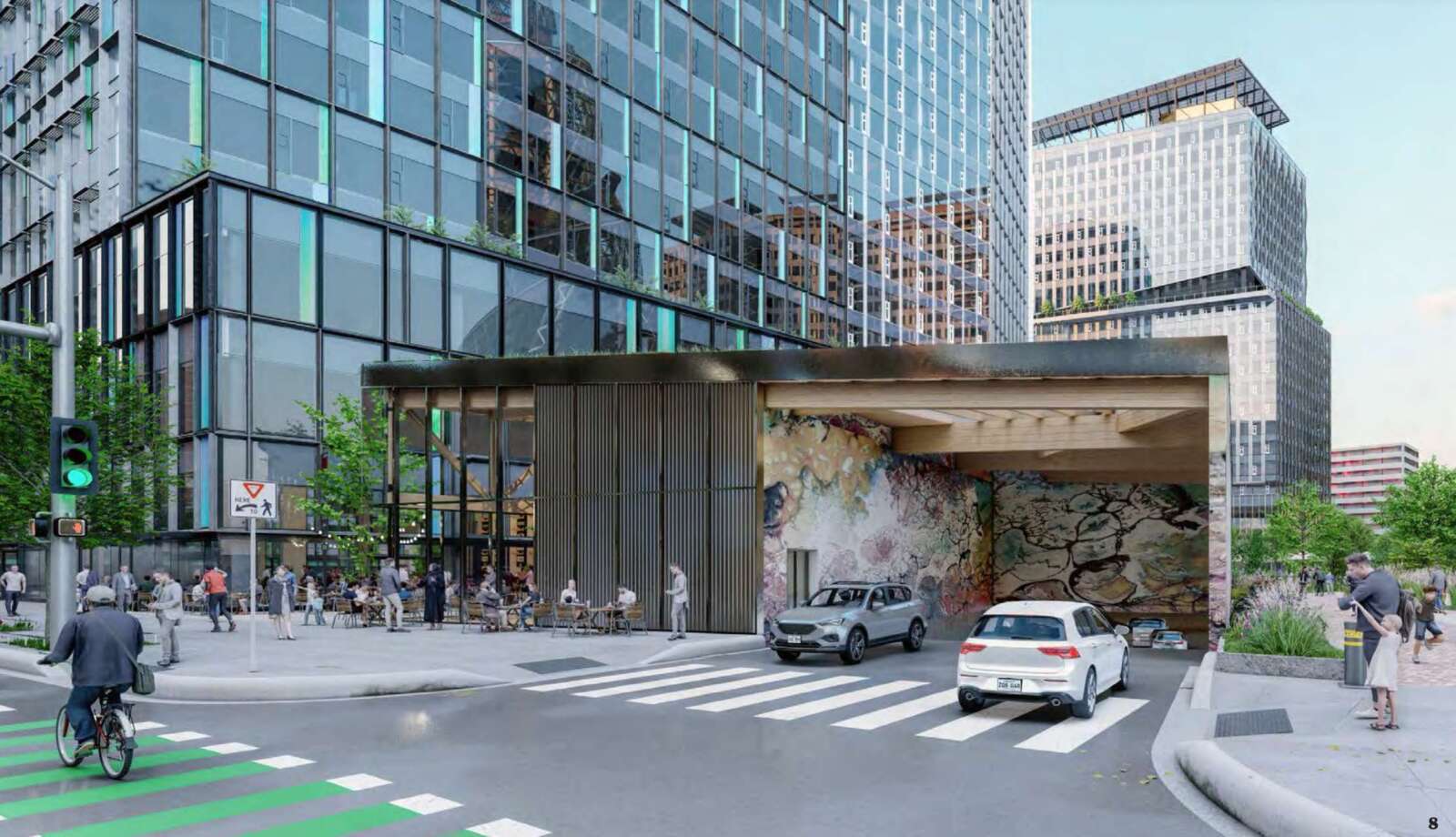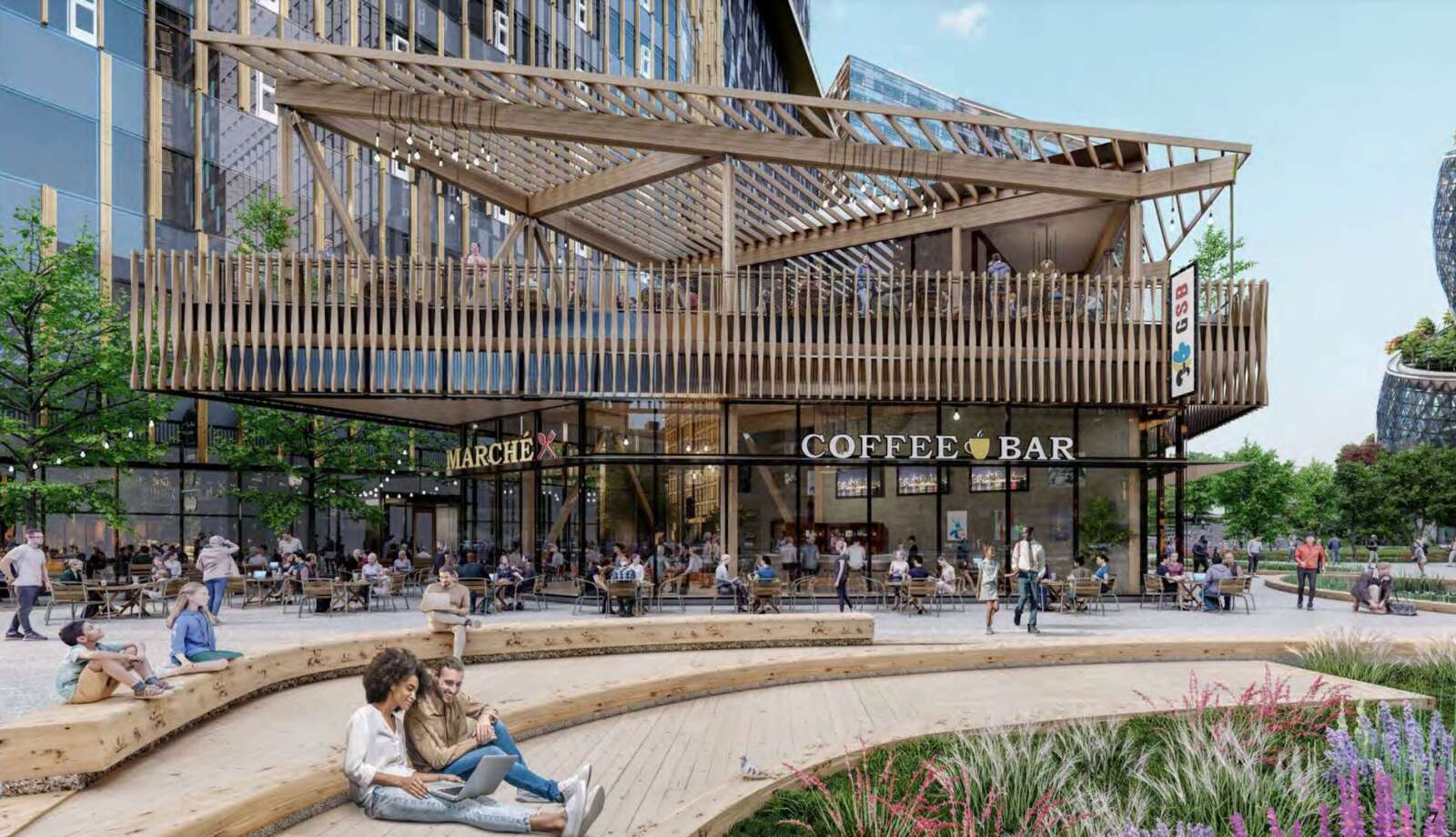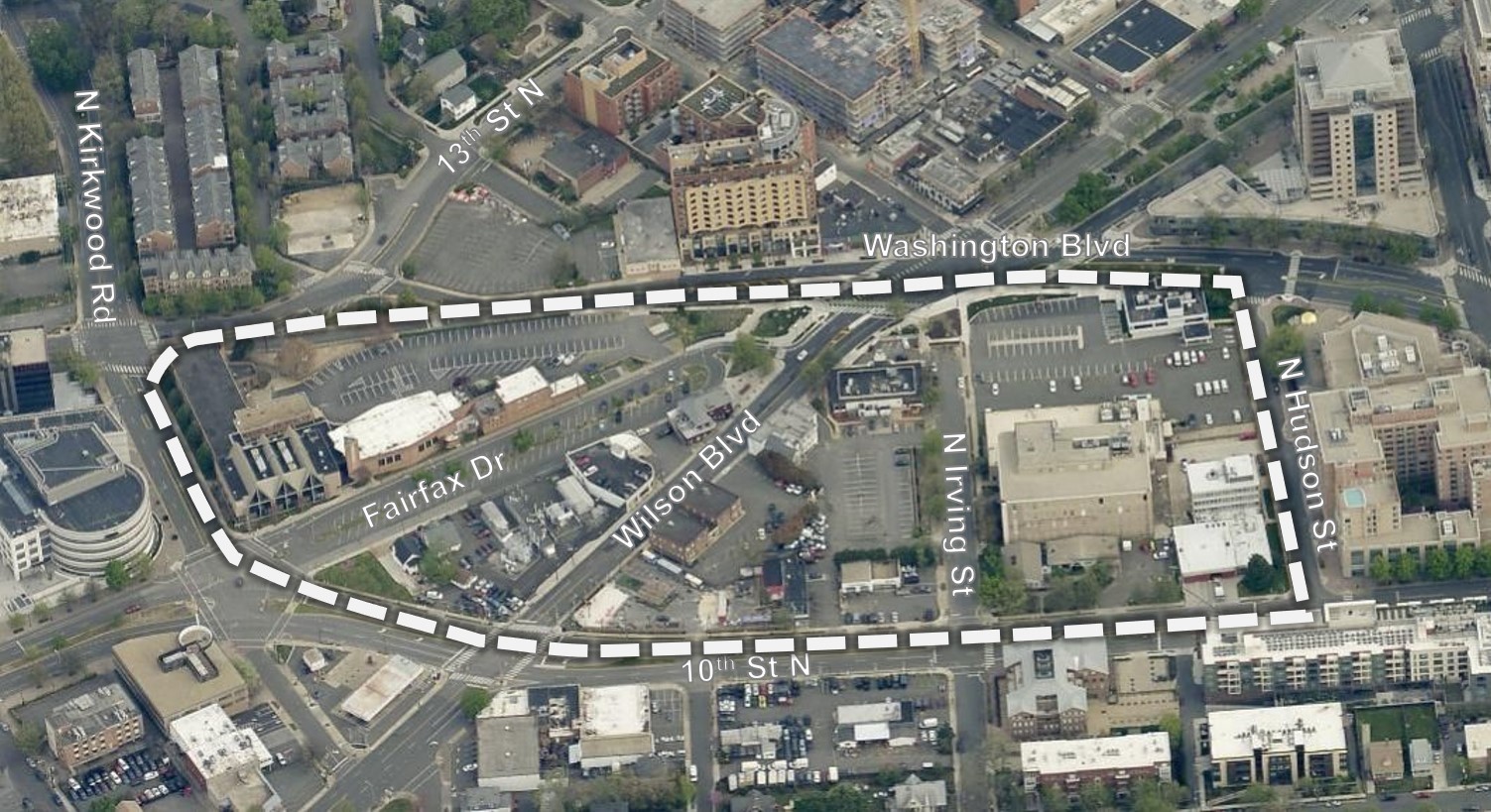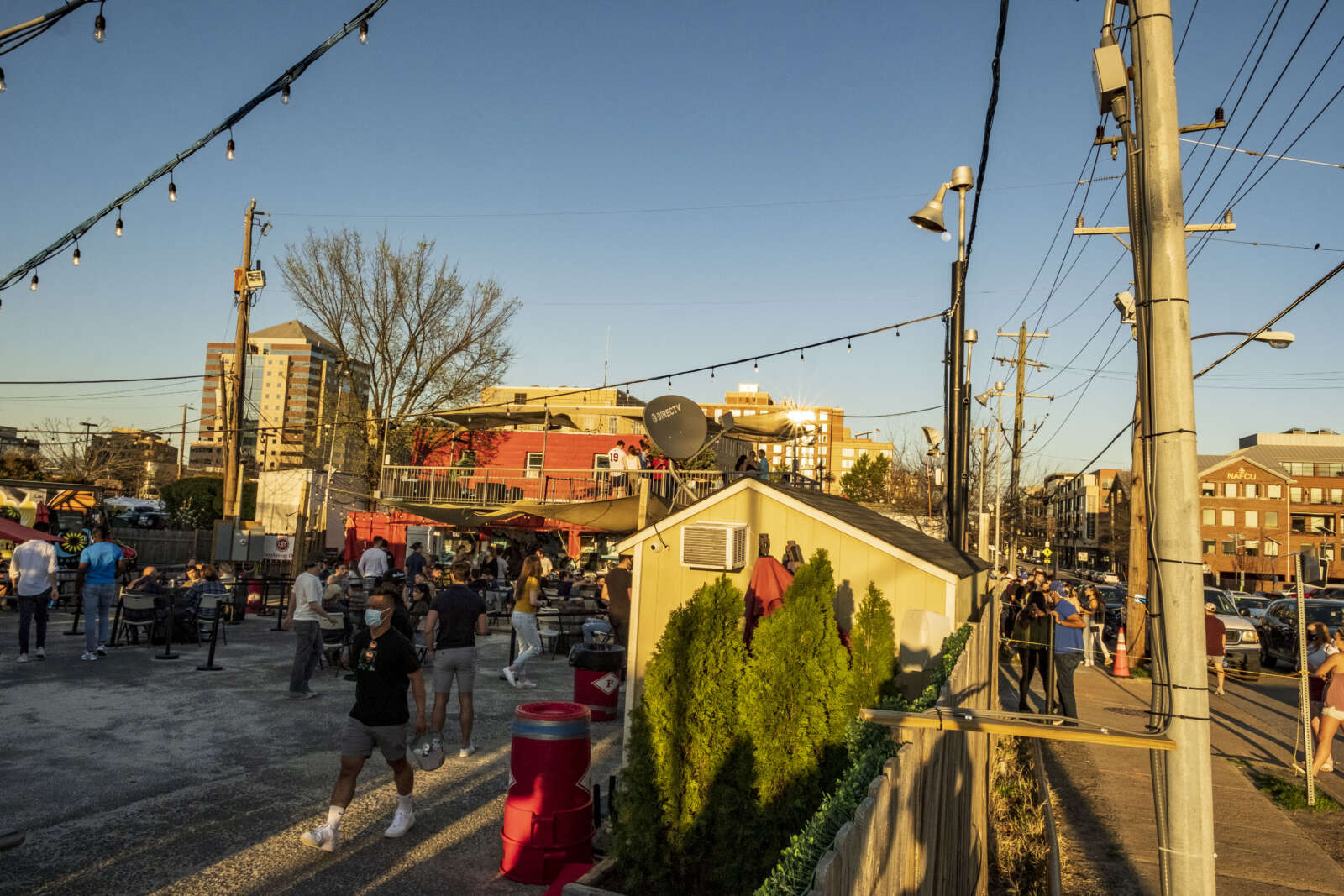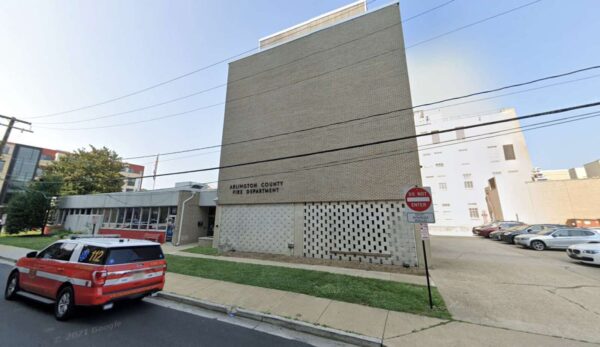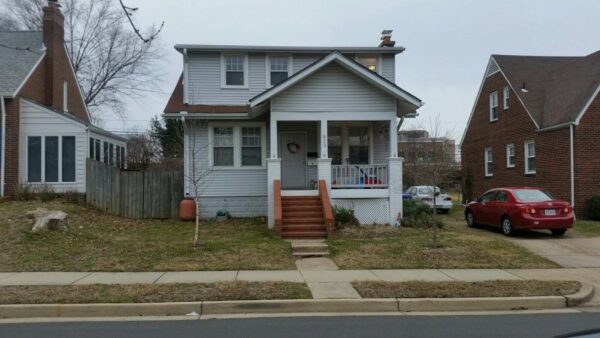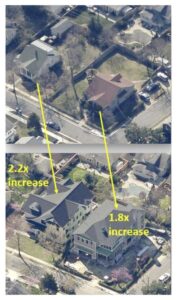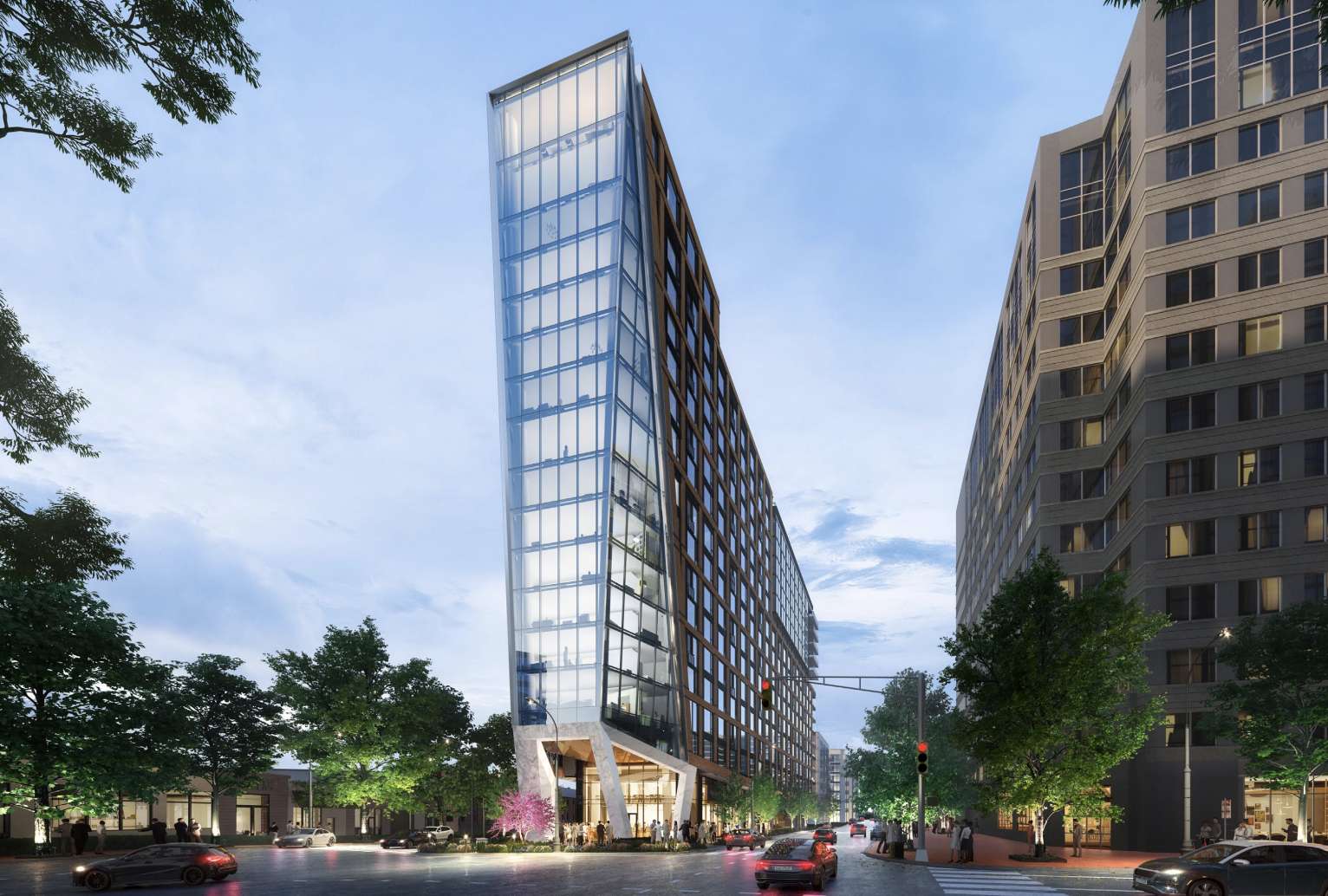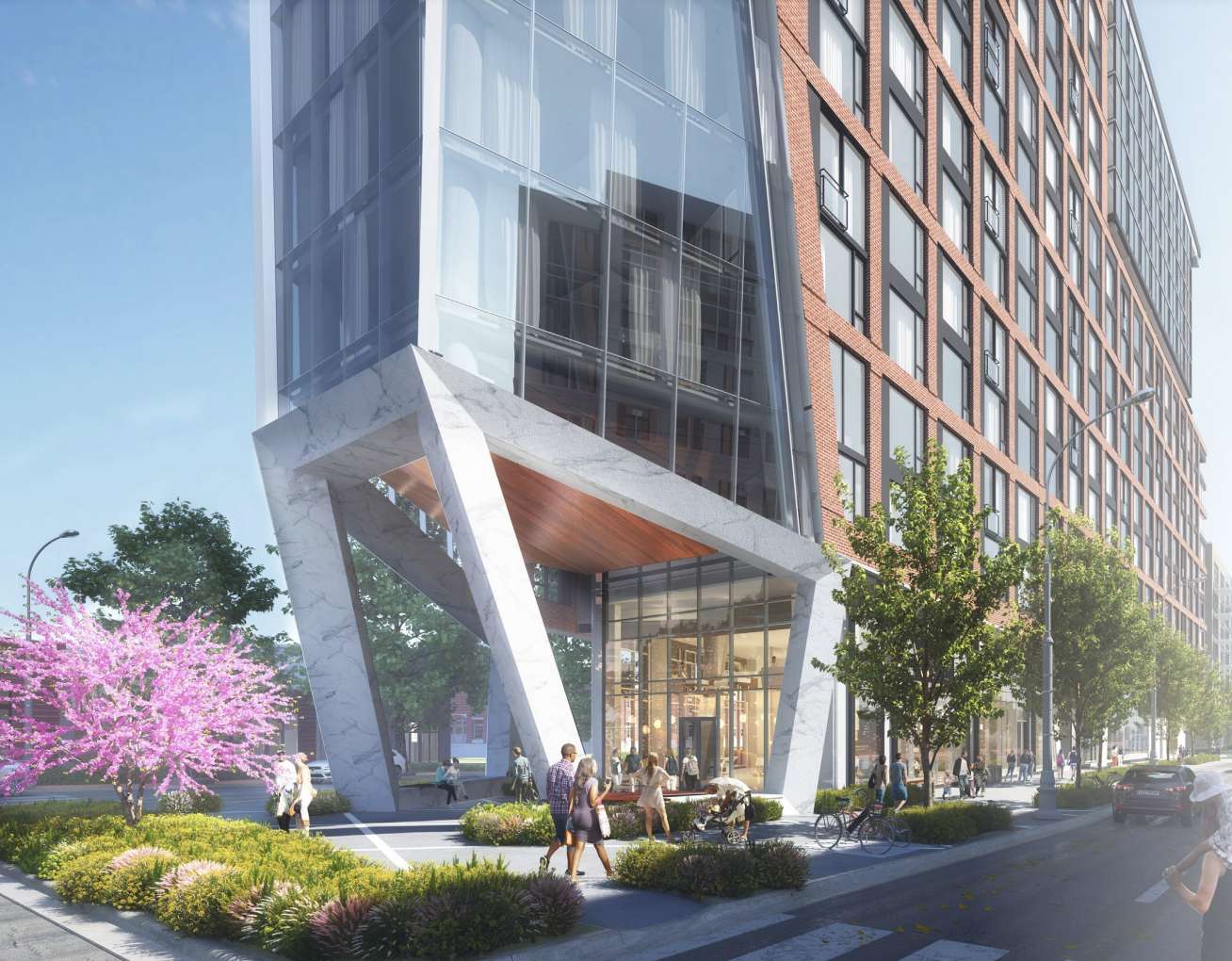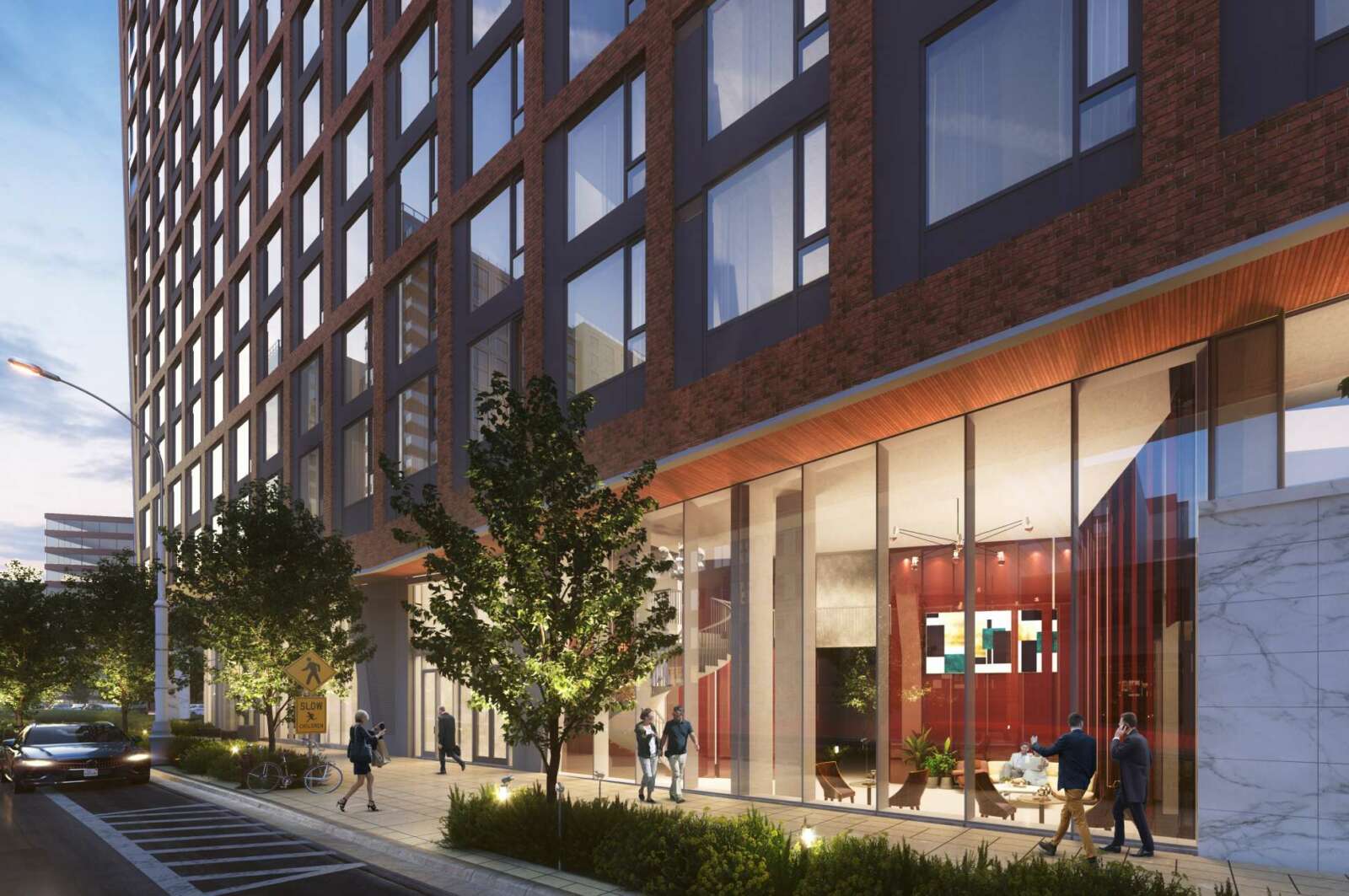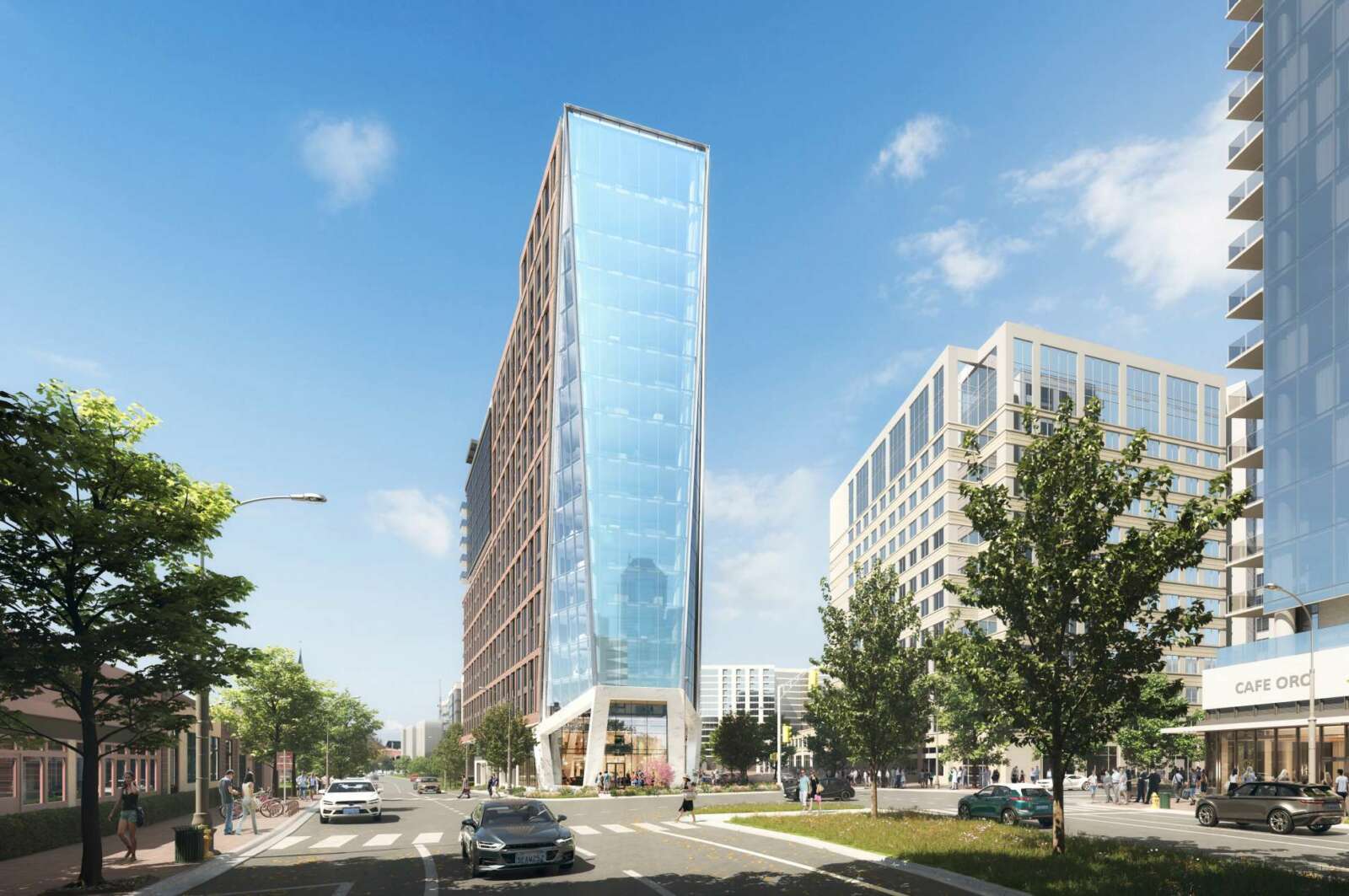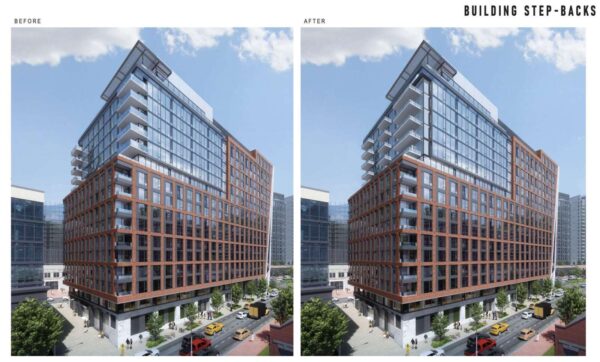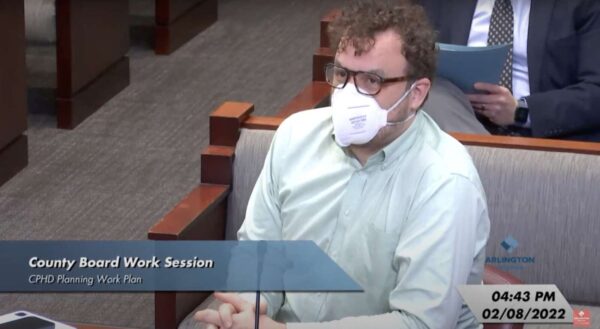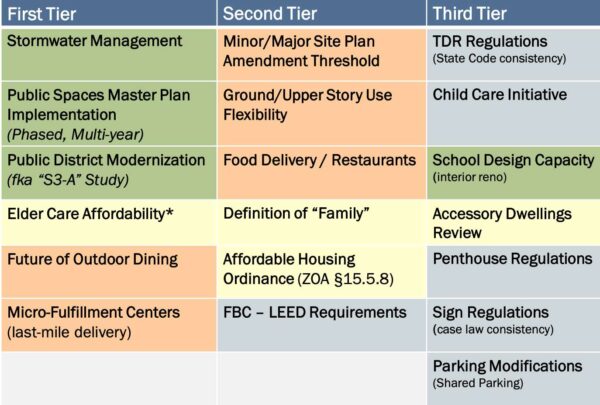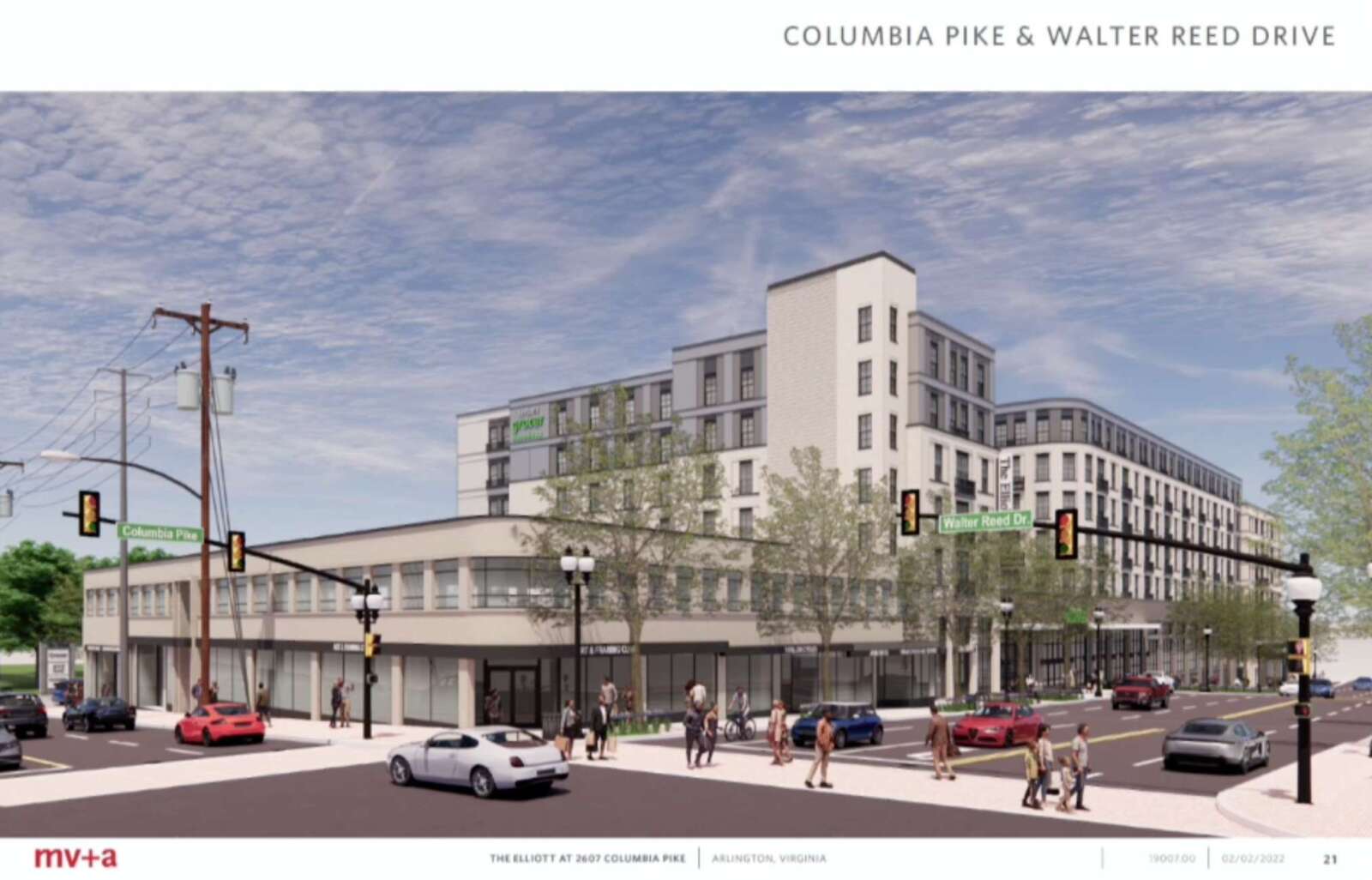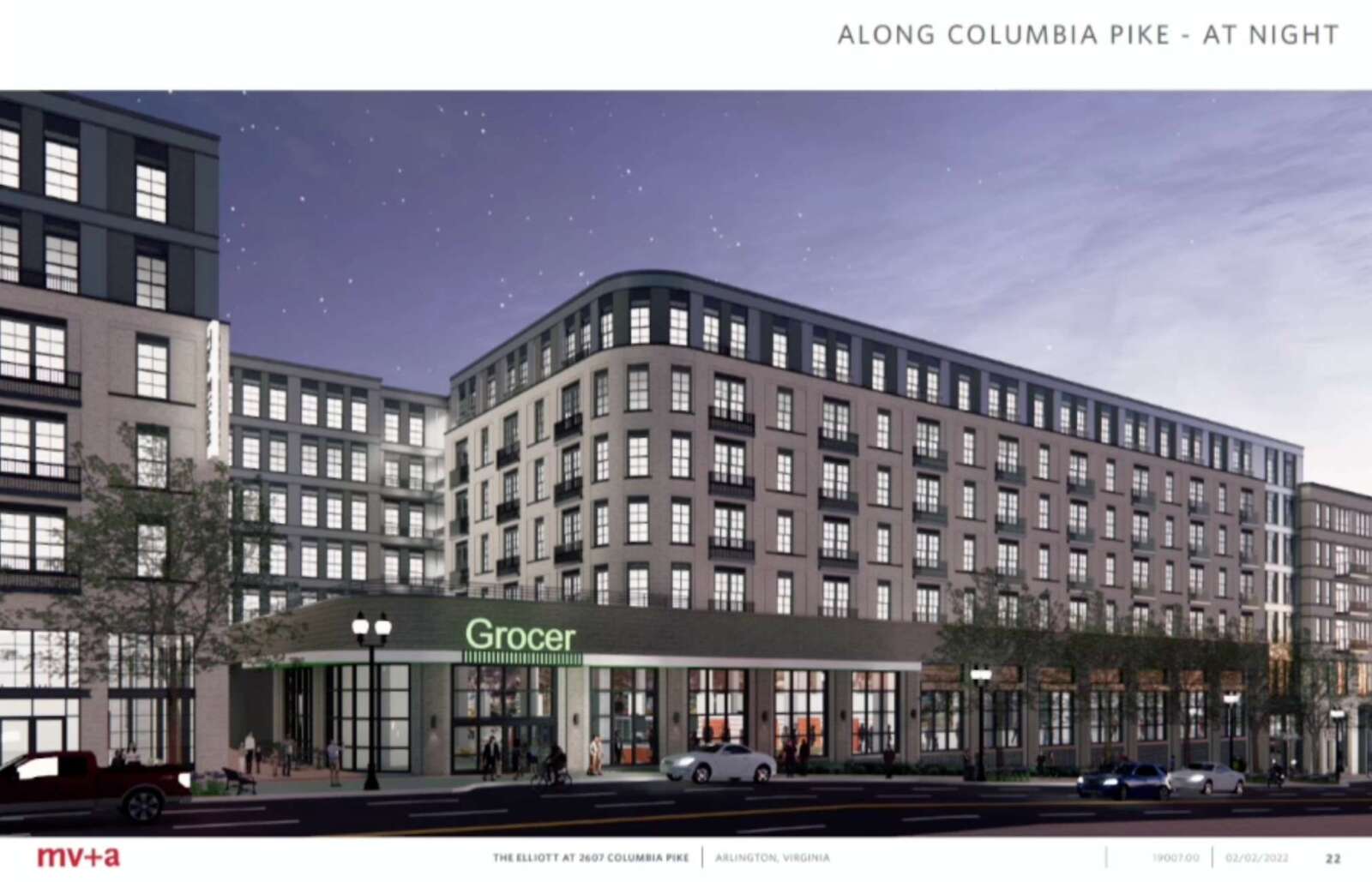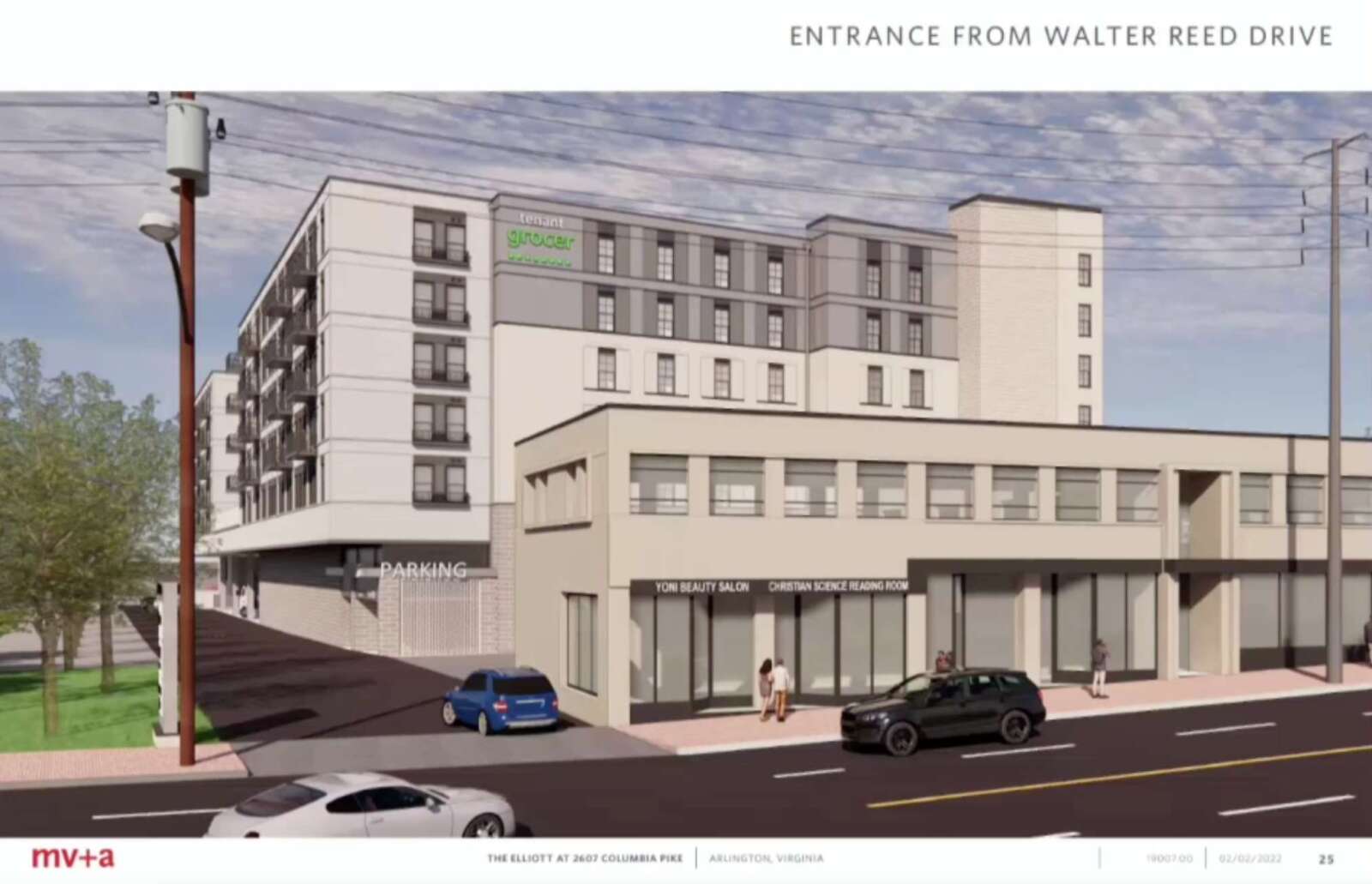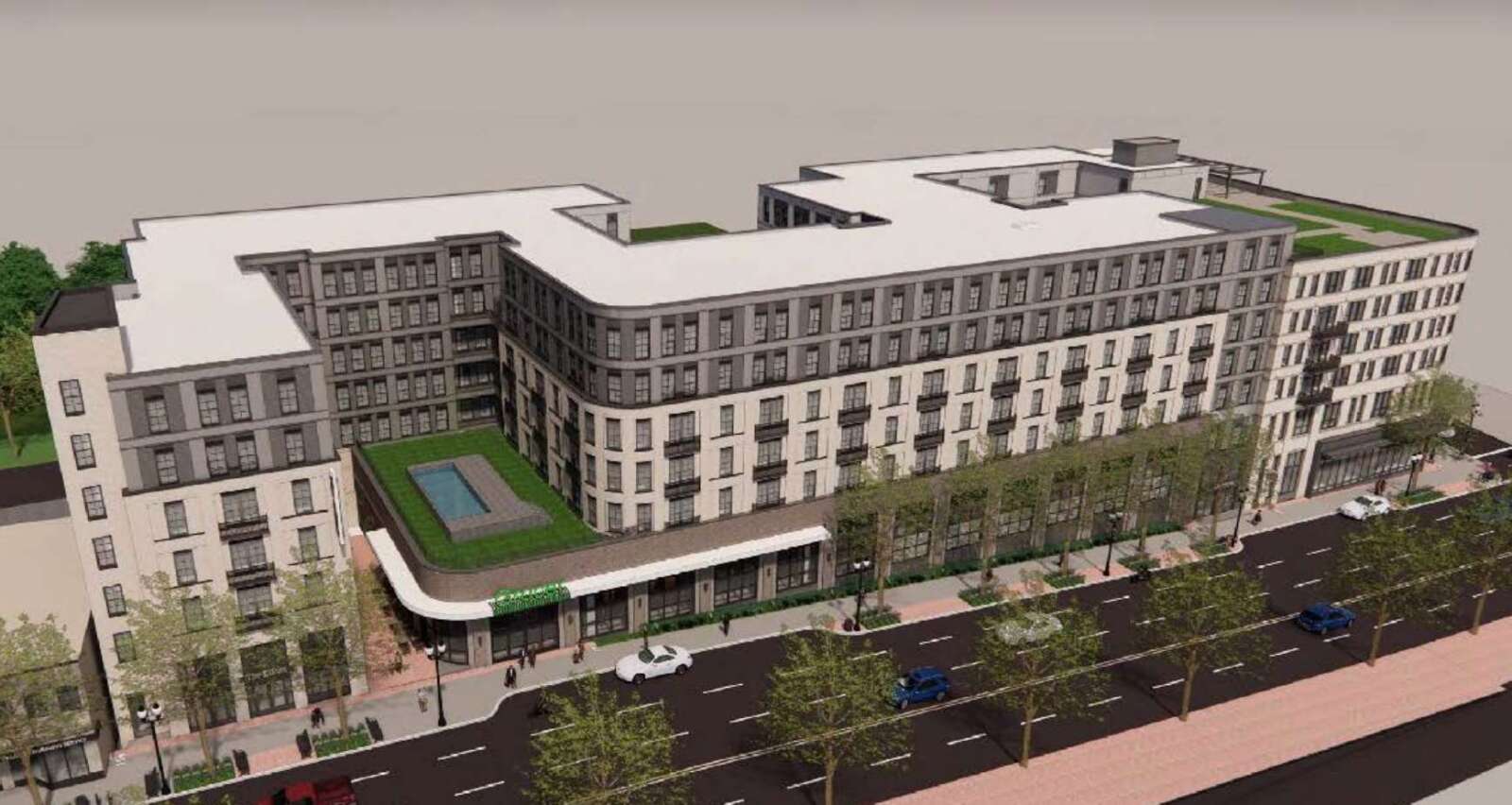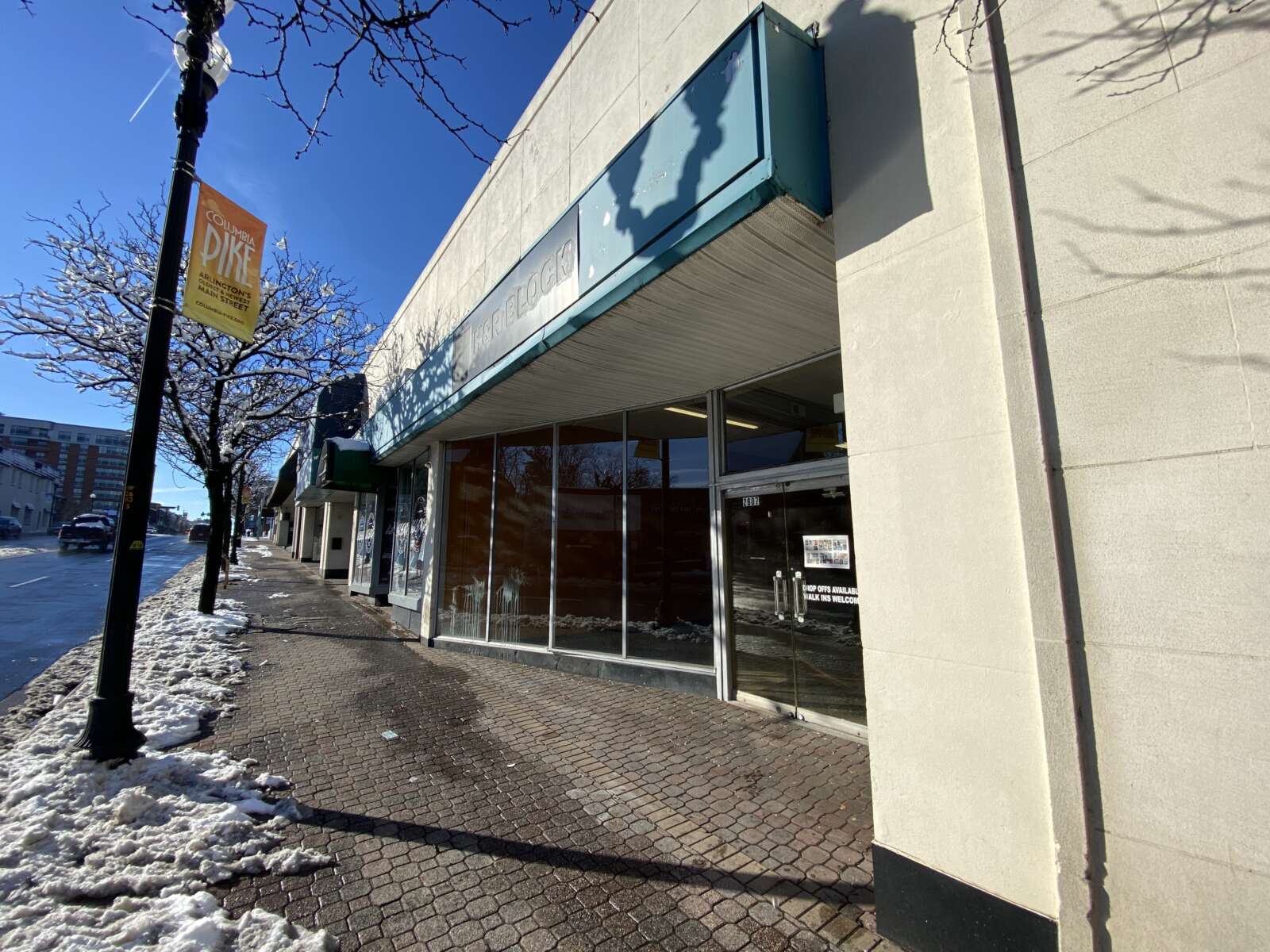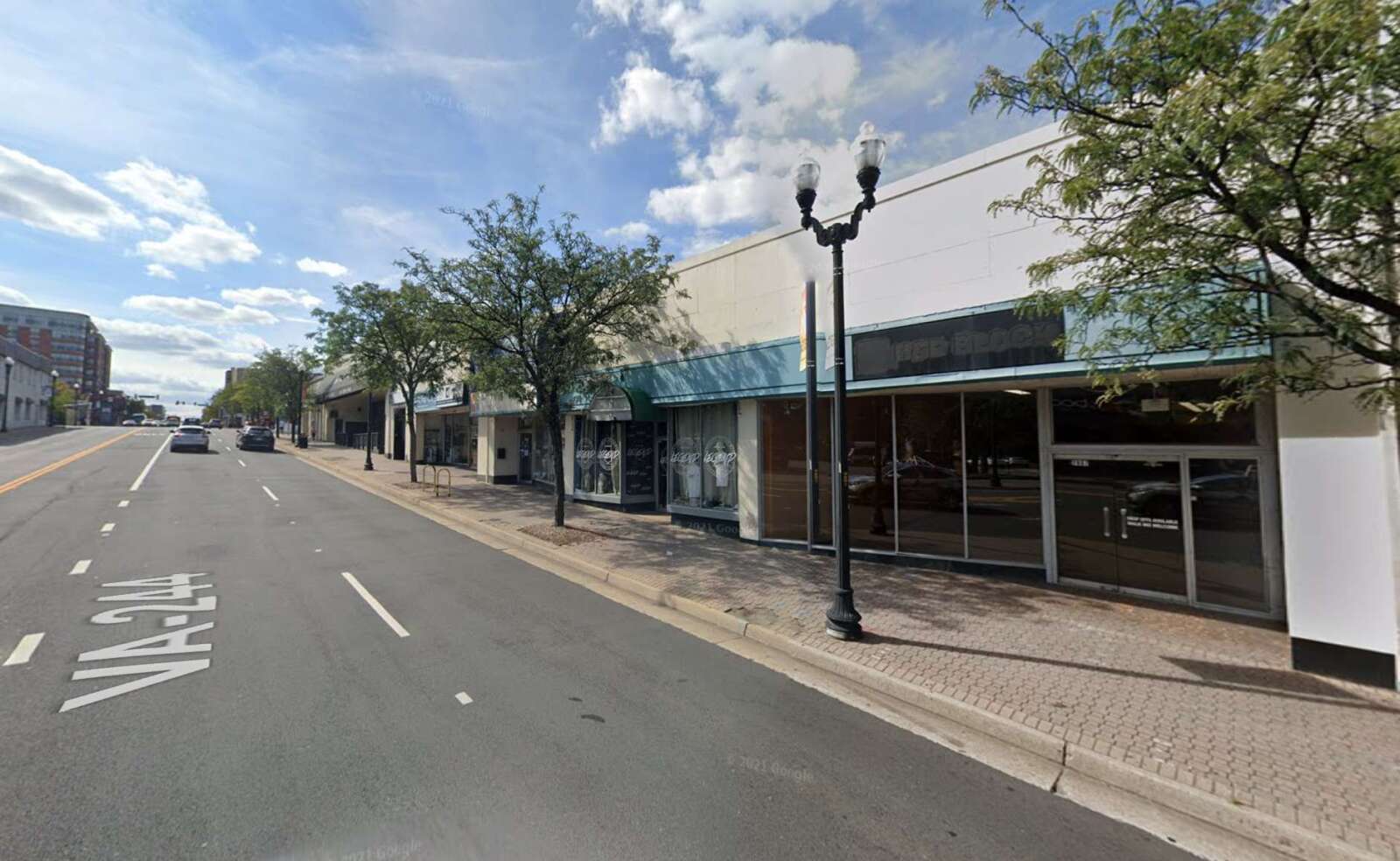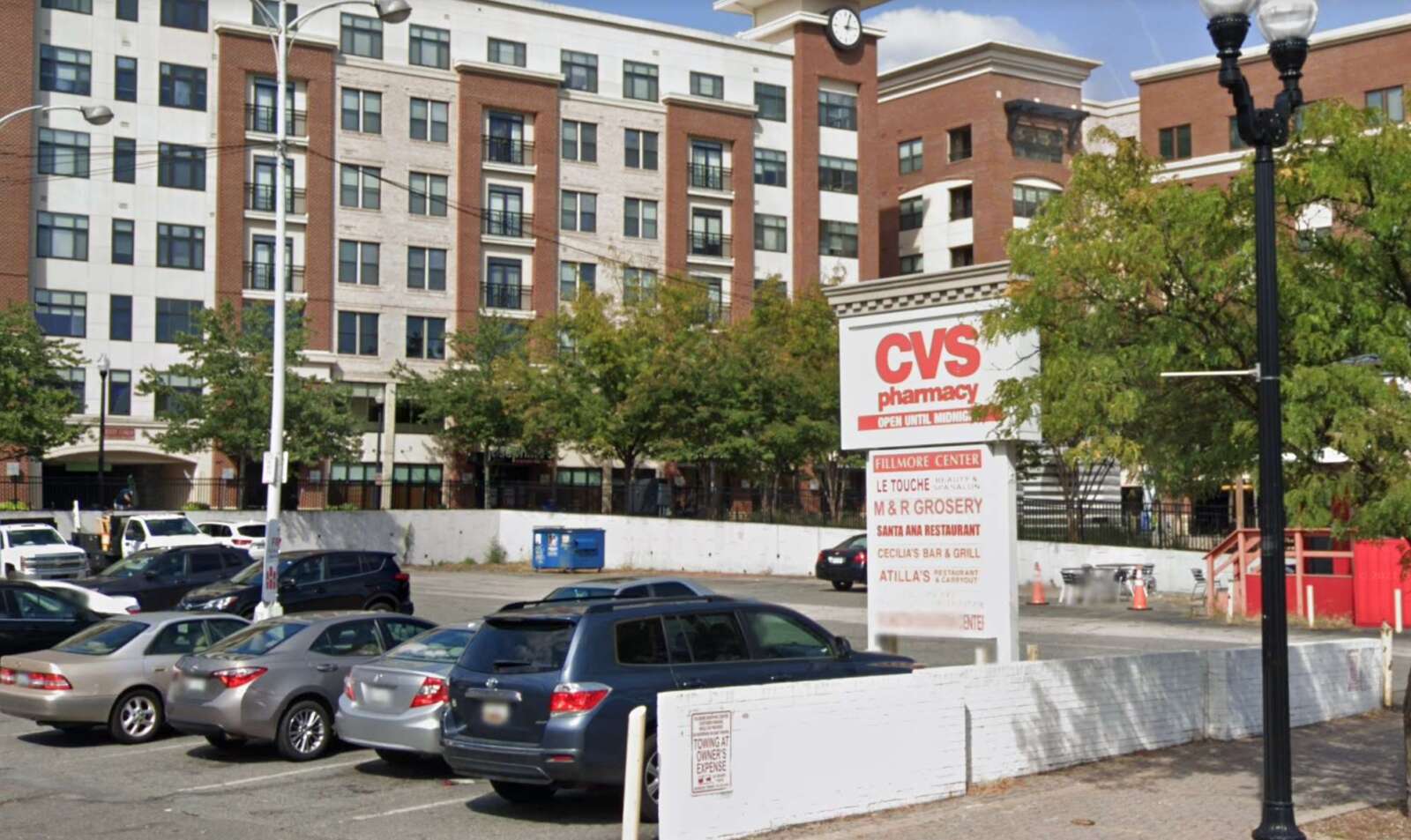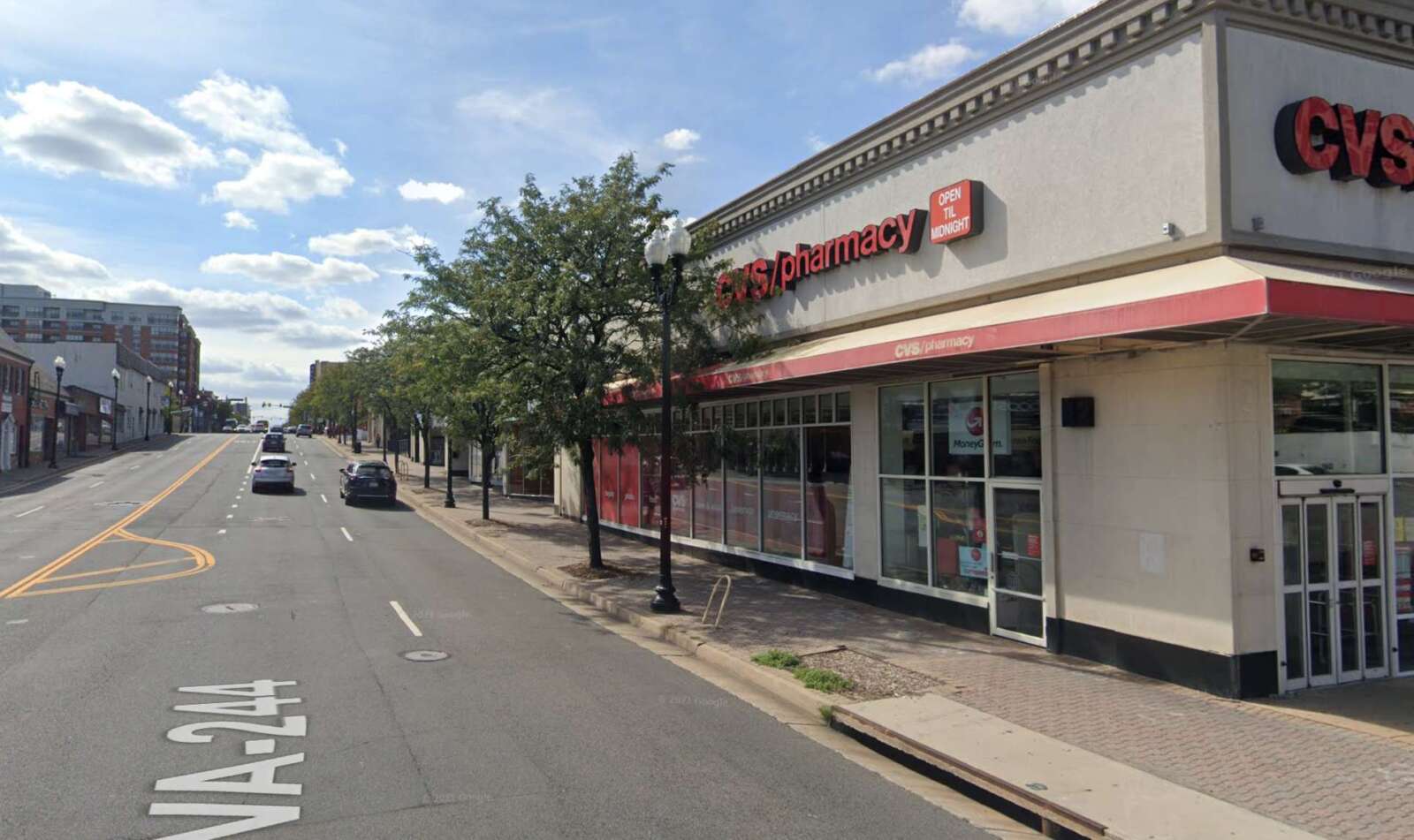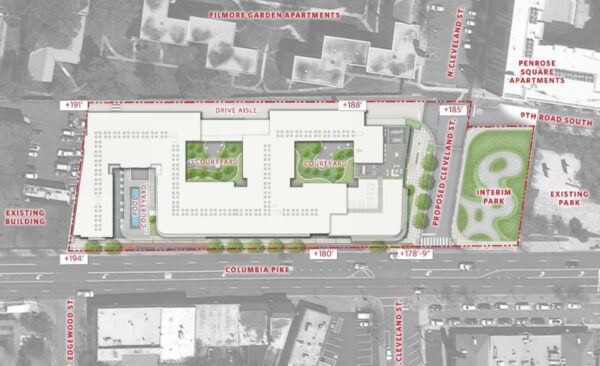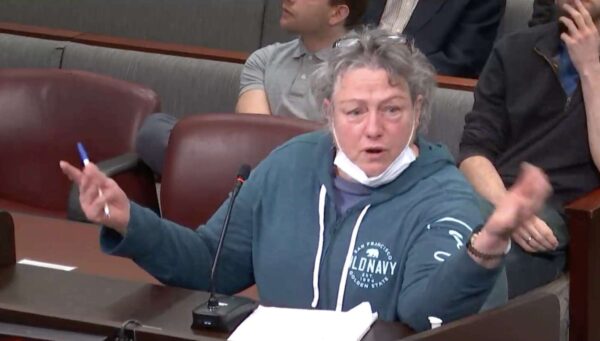
In the eight years local architect Brian Harner sat on the Arlington Planning Commission, he says he never saw more than 15 people show up for a meeting.
Last night (Monday), some 90 people registered to speak on the county’s proposal to allow by-right development of buildings with two to six — or even up to eight — units in districts that are now zoned exclusively for single-family homes.
“This is a divisive issue and there’s a lot of intensity around this,” Harner said of the proposal to allow what is dubbed “Missing Middle” housing.
The meeting marked a step forward for the proposal but a final vote on whether to adopt any zoning changes is still at least three months away. Monday’s meeting was devoted to public speakers and the Planning Commission will reconvene Thursday to decide whether to approve the county’s request to advertise public hearings on the draft plan as it is currently written.
“The Commission is hearing this item tonight for the specific purpose of giving feedback to the County Board about what is and what is not within realm of consideration at hearings that would be conducted in the spring,” Planning Commission Chair Daniel Weir said. “We aren’t here tonight to solve the problem — that is the County Board’s job. We are here tonight to give the board advice and guidance on how to tee up the issues and their conversation.”
The challenge for Arlington County is to draft a policy that encourages by-right development of homes that households making less than $200,000 annually can afford and helps to undo the lasting impacts of racially restrictive zoning policies, all while managing community concerns such as parking, school and infrastructure capacity, loss of neighborhood character and tree canopy.
County planner Matt Ladd says compared to the status quo, the proposed policies may spur the construction of homes affordable to more households earning upwards of $100,000, which would “benefit greater percentages of all racial groups.” That differs from Arlington County’s current affordable housing efforts, which are targeted at those earning 60-80% or less of the area median income.
Single-family homes are currently, on average, only attainable for households earning $200,000 or more, he said. On racial equity, the county determined the Missing Middle proposal would allow more households of color to buy in or remain in four census tracts — areas that already have percentages of people of color higher than the county average of 39%.
This draft puts some decisions to the Arlington County Board, including whether to establish a cap of no more than 42 Missing Middle-type developments per year, whether to allow up to six or eight units in a building and whether the number of units should be dictated by lot size.
“We are at a crisis and we must take bold action to build a county that is affordable, sustainable and welcoming to all,” said resident Noah Higgins, advocating for no development caps or density restrictions.
Some real estate agents in attendance disputed the notion Arlington has a housing crisis.
Retired agent Diane Dunston said on Monday, 290 homes were for sale, of which 45 had three bedrooms or more and were less than $1 million.
“Are there buyers who say they can’t find a home in Arlington? Of course there are, but what they’re really saying is, ‘I can’t find a home I like,” she said.


